GE ESM10A Circuit Board – Functional Overview
1. Primary Function
The ESM10A is a printed circuit board (PCB) designed for industrial control and monitoring applications.
It serves as a signal processing and interface module, facilitating communication between sensors, actuators, and higher-level control systems (e.g., PLCs or turbine controllers).
2. Key Features & Roles
A. Signal Conditioning & I/O Interface
Processes analog/digital signals from sensors (e.g., temperature, pressure, vibration) and converts them for control system use.
Provides isolated I/O channels to prevent ground loops and electrical noise interference.
B. Industrial Communication
Supports serial protocols (e.g., Modbus RTU) or Ethernet-based communication (model-dependent) for integration with SCADA/DCS systems.
C. Robust Design
Built to withstand harsh environments (high temperatures, EMI, vibration) typical in power plants and heavy industries.
Compact form factor for DIN rail or rack mounting.
D. Diagnostic & Maintenance
LED status indicators for real-time monitoring of power, faults, and communication activity.
3. Typical Applications
Turbine control systems: Interfaces with GE Speedtronic™ or Mark VIe platforms for real-time monitoring.
Factory automation: Connects sensors/actuators in PLC-based control loops.



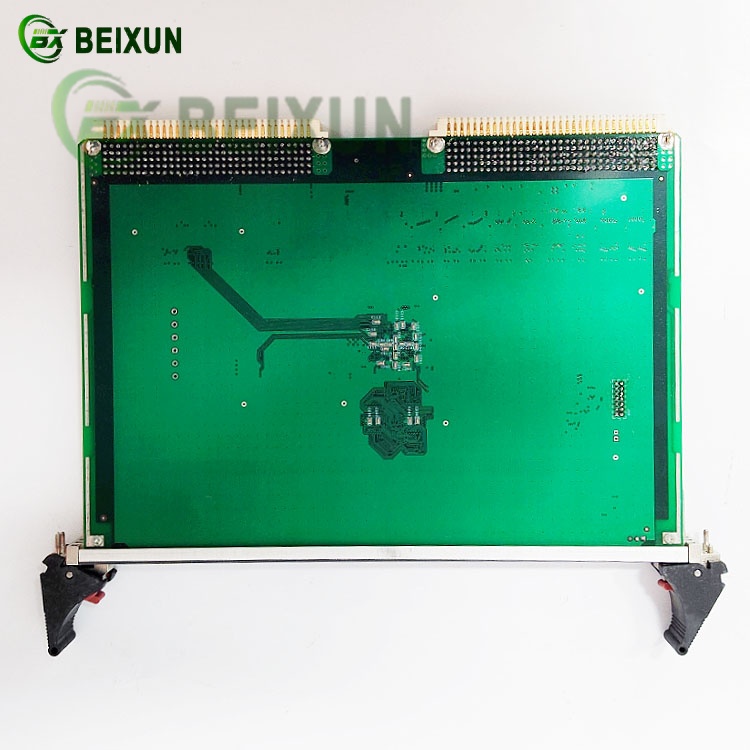
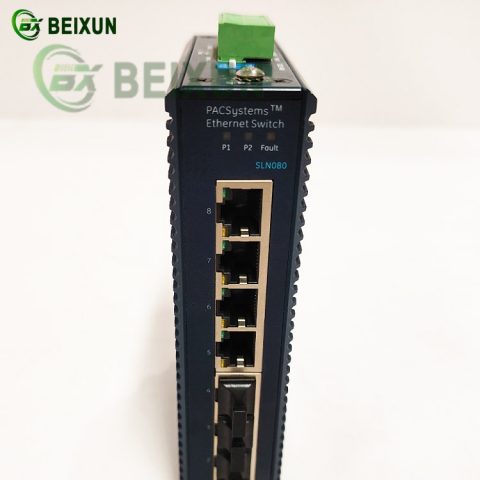
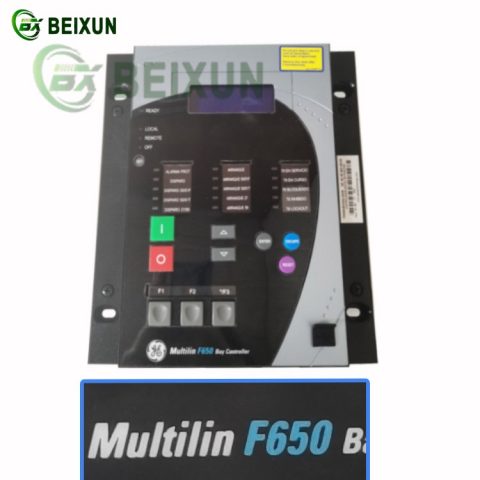
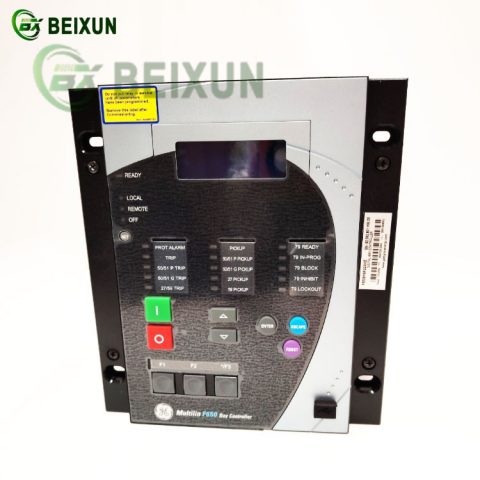

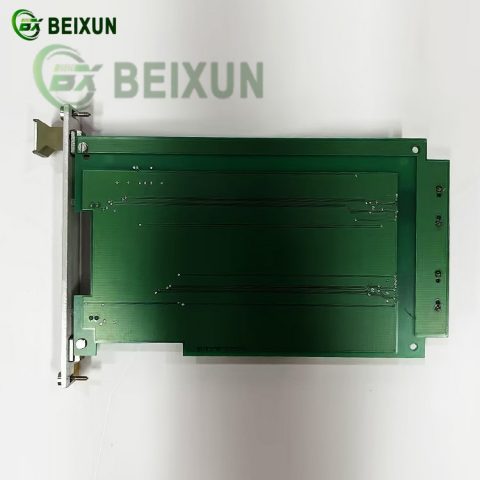
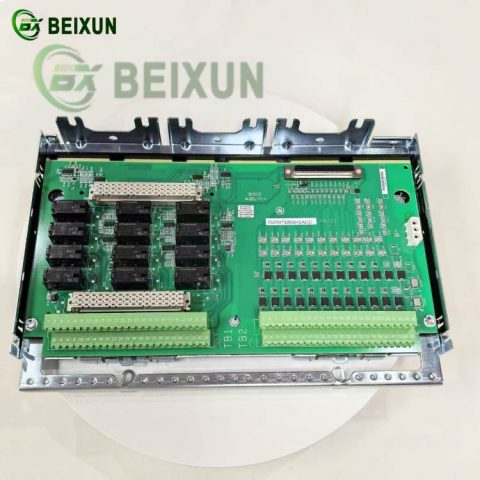
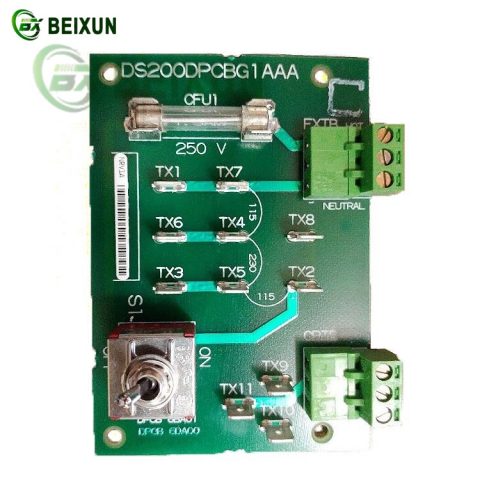
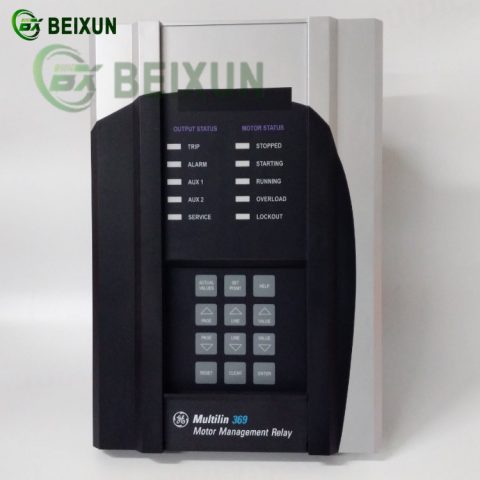
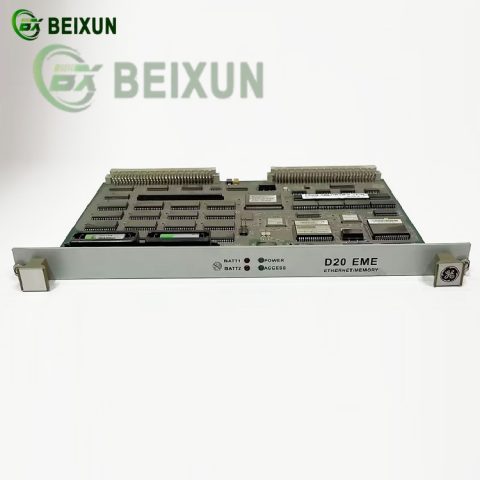
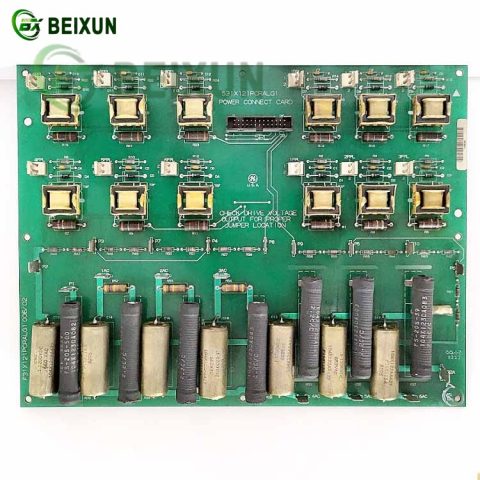
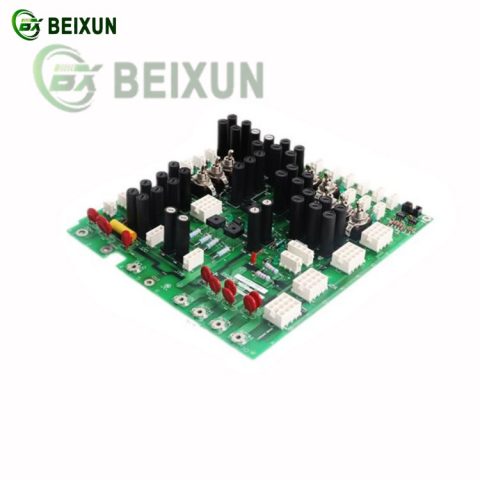
There are no reviews yet.